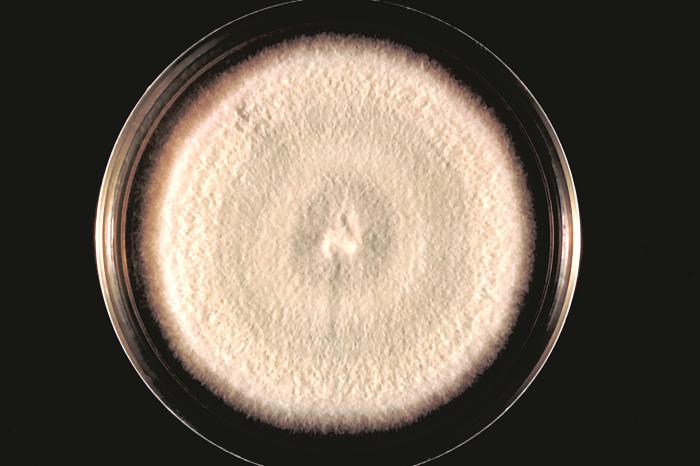| name | Bacitracin Zinc Topical |
| classification | Topical Antibiotic |
| pharmacokinetics | Bacitracin is a peptide antibiotic that acts locally at the site of application. Absorption into systemic circulation is minimal. It's primarily effective on the skin, with limited penetration beyond the epidermis. |
| suggested dosage | Apply a thin film of ointment to the affected area 3-4 times daily, or as directed by a physician. |
| indications | | 1 | Treatment of superficial skin infections such as minor cuts, abrasions, and burns; impetigo; certain types of skin ulcers; acne (may be used in combination with other treatments). | | 2 | Prevention of infection in surgical wounds and skin grafts. |
|
| safety in pregnancy | Limited data; use with caution if pregnancy is suspected or confirmed. Consult with a physician for appropriate use. |
| safety in breastfeeding | Limited data; use with caution. Apply to the affected area, avoiding contact with the nipple and areola to minimize potential exposure to the infant. Consult with a physician for appropriate use. |
| side effects | | 1 | Skin irritation (e.g., redness, rash, itching, burning) | | 2 | Allergic reactions (rare) | | 3 | Contact dermatitis (rare) |
|
| alternatives | |
| contraindications | | 1 | Known allergy or hypersensitivity to bacitracin or any component of the preparation. | | 2 | Open wounds with deep tissue involvement. | | 3 | Severe skin infections requiring systemic antibiotics. | | 4 | Active skin conditions that may be exacerbated by topical antibiotics. |
|
| interactions | Limited interactions are expected with topical applications. However, consult with a healthcare professional before combining with other topical medications or systemic drugs. |
| warnings and precautions | | 1 | Stop use and contact a physician if condition worsens or does not improve. | | 2 | Do not use on large open wounds or over a considerable surface of skin without consultation with a physician. | | 3 | Avoid contact with eyes. If contact occurs, rinse thoroughly with water. | | 4 | Discontinue use if signs of allergic reaction arise. |
|
| additional informations | | 1 | Store at room temperature and protect from light. | | 2 | Apply a thin film to avoid excessive application and potential side effects. |
|
| patient specific considerations | | 1 | Patient age and weight are typically not factors in the dosage of topical antibiotics. Dosage and application should be tailored to the specific nature and severity of the skin infection by a healthcare professional. |
|
| important disclaimer | This information is for general knowledge only and does not constitute medical advice. Always consult a qualified healthcare professional for diagnosis and treatment. |

